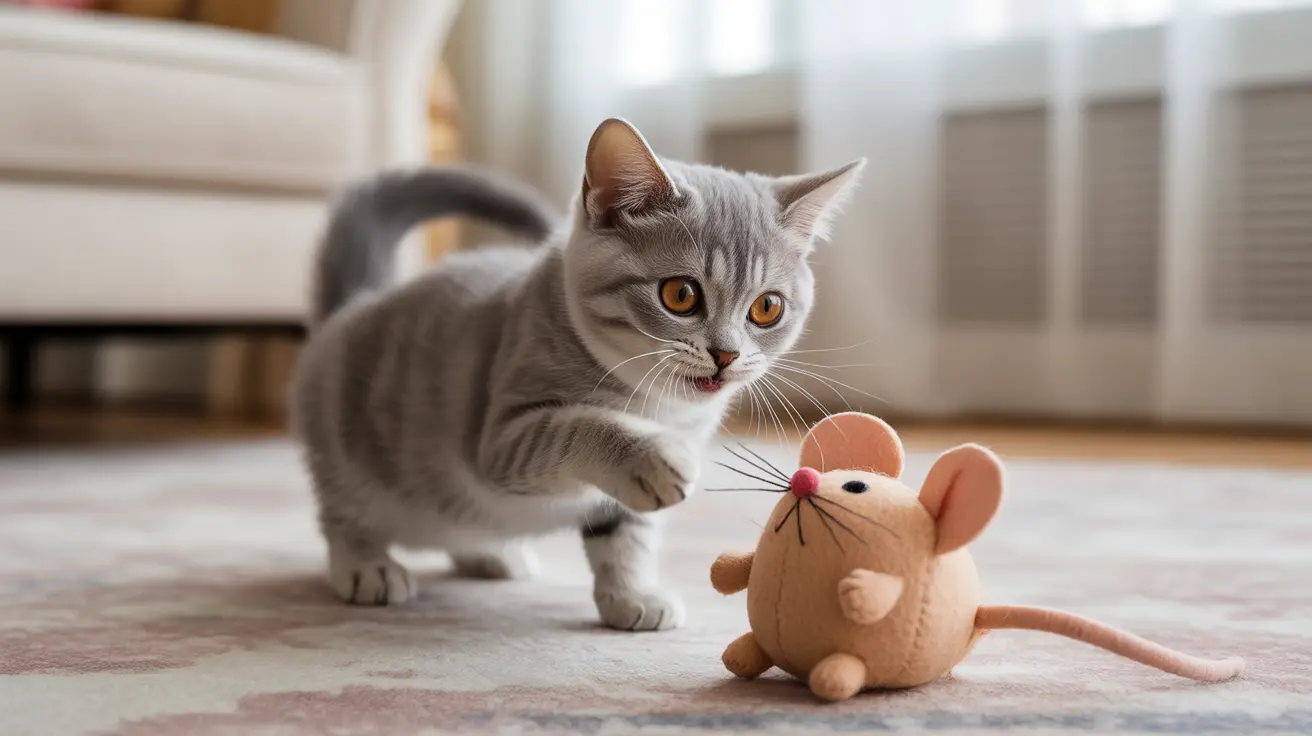Types of Feline Dwarfism
Osteochondrodysplasia
This most common form of feline dwarfism primarily affects limb development, resulting in shortened legs and potential skeletal abnormalities. The Munchkin cat breed is the most well-known example of this type, characterized by their distinctively short legs while maintaining a normal-sized body and head.
Pituitary Dwarfism
A rarer form caused by insufficient growth hormone production, pituitary dwarfism affects the cat's overall growth and development. These cats retain kitten-like features into adulthood and may experience various developmental delays and health challenges.
Signs and Symptoms of Dwarfism in Cats
Cats with dwarfism typically display several characteristic features:
- Disproportionately short legs
- Larger head relative to body size
- Shortened spine or unusual spinal curvature
- Delayed growth or development
- Joint abnormalities
- Unusual facial features
Health Implications and Care Requirements
Cats with dwarfism often face specific health challenges that require special attention:
- Joint problems and potential arthritis
- Mobility limitations
- Increased risk of obesity due to reduced activity
- Possible respiratory issues
- Spine-related complications
Regular veterinary check-ups and careful monitoring are essential for maintaining these cats' quality of life. Weight management is particularly crucial, as excess weight can exacerbate joint and mobility issues.
Living with a Dwarf Cat
While cats with dwarfism can lead happy lives, they require some special considerations:
- Modified environment with easily accessible resources
- Regular exercise appropriate to their abilities
- Careful monitoring of joint health
- Weight management through appropriate diet
- Extra protection from potential injuries
Frequently Asked Questions
Can cats naturally have dwarfism, or is it only seen in specific breeds like Munchkin cats?
Yes, cats can naturally have dwarfism outside of specifically bred varieties. While the Munchkin breed is intentionally bred for dwarf characteristics, dwarfism can occur spontaneously in any cat breed due to genetic mutations or pituitary gland issues.
What are the common health problems associated with dwarfism in cats?
Common health issues include joint problems, arthritis, mobility limitations, potential spinal issues, and increased risk of obesity. Cats with pituitary dwarfism may also experience hormonal imbalances and developmental delays.
How can I tell if my cat has dwarfism, and what are the signs to look for?
Signs include disproportionately short legs, a larger head relative to body size, delayed growth, and possible skeletal abnormalities. A veterinary examination, including physical assessment and possibly genetic testing, is necessary for proper diagnosis.
Is dwarfism in cats genetic, and can it be inherited from parent cats?
Yes, most forms of feline dwarfism are genetic and can be inherited. The Munchkin trait, for example, is caused by a dominant gene. However, some cases of pituitary dwarfism may be acquired rather than inherited.
What is the best way to care for and manage a cat with dwarfism to ensure a good quality of life?
Optimal care includes regular veterinary check-ups, maintaining a healthy weight, providing appropriate exercise, modifying the environment for easier access to resources, and monitoring for potential health complications. Joint supplements and pain management may be necessary as the cat ages.
Conclusion
While cats can indeed have dwarfism, understanding the condition's implications is crucial for providing appropriate care. Whether inherited or naturally occurring, dwarfism requires special attention to ensure affected cats maintain a good quality of life. With proper care and management, cats with dwarfism can live happy, fulfilling lives despite their unique challenges.






